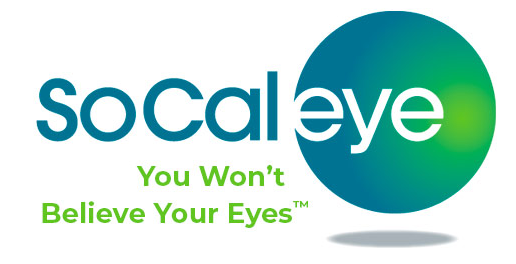
June is here and the promise of warm summer sunshine is upon us. The days are longer and it’s time to hit the beach, the lake or the golf course. However, the sun is stronger during the summer months, and it is important to protect your eyes from too much ultraviolet radiation exposure. Over exposure to UV rays is easy to prevent and limit and can underlie some significant short term and long-term vision conditions.
What Are UV Rays?
The sun gives off three types of ultraviolet radiation: UVA, UVB, and UVC. UVA rays are stronger and most damaging but in most cases are partially filtered out before reaching earth by the ozone layer. UVA rays and sunlight over exposure can damage the cornea also cause retinal issues at the back of the eye. UVB rays are a lot weaker and less concentrated than UVA but can still damage your eyes both as a short term condition, as well as longer term, more serious conditions.
Short Term Exposure to UV
Photokeratitis is an eye condition that is caused by short term over exposure to the sun. It can be caused by short term exposure to direct sunlight or on a more concentrated basis from reflected sunlight off of water, sand or snow. Sometimes referred to as ‘snow blindness’ or ‘sunburn of the eye’, photokeratitis exhibits symptoms like redness, blurred vision, light sensitivity, and tearing. The condition is uncomfortable but temporary, and can be treated with artificial tears and cold compresses to ease the discomfort.
Longer Term Exposure to UV
Continued and ongoing to exposure to UV rays can have more chronic and have longer term impacts on vision. Here are some conditions related to longer term exposure to UV rays.
- Pterygium: (pronounced “te-RI-jee-um”) is a non-cancerous growth of the clear, thin tissue that covers the white part of the eye (conjunctiva). Commonly known as “surfer’s eye”. The primary symptoms of a pterygium are minor irritation and redness. It will usually present as a painless area of elevated white tissue, with blood vessels on the inner or outer edge of the cornea. Most growths pose only an appearance problem. Rarely, a pterygium can grow large enough to block the line of vision. No treatment is required unless the pterygium begins to block vision or is documented to be growing. In these instances, it should be removed with surgery.
- Cataracts: Cataracts form when the lens materials, mostly proteins, absorb various wavelengths of light. UV rays can change the lens proteins and they become clumped together which subsequently clouds the lens and reduces the ability of light to penetrate the eye. This clouding begins to impact vision over the course of time. Treatment for cataracts when the impairment becomes significant is cataract surgery and the implantation of an intraocular lens (IOL)
- Macular Degeneration: Macular Degeneration (AMD) is caused by damage to the retina over time and is the leading cause of age-related blindness. Studies have found a correlation between UV exposure and damage to the retina and thus extended exposure to UV light increases your risk of developing macular degeneration.
Protecting Your Eyesight from UV Rays.
Protecting your eyesight from UV damage is all about taking some relatively easy precautions to protect your eyes from the sun.
- Sunglasses: Always wear sunglasses when outside, and make sure that your chosen cool shades block 100 percent of UVA and UVB rays.
- Hats/Visors/Umbrellas: Try to seek out the shade under an umbrella or wear wide-brimmed hats or caps at a minimum to provide additional shade.
- Avoidance: Avoidance is often difficult but try to limit over exposure to the sun during the brightest hours of the day (between 10 a.m. and 4 p.m.)
SoCal Eye Consultation:
SoCal Eye doctors have been working with patients who have been exposed to the California sunshine for over 50 years. They advise that taking simple precautions to protect your eyes from the sun is the best recommendation but a regular eye exam will provide early detection of more serious conditions. SoCal Eye doctors are the Macular Degeneration and Cataract Specialists in Long Beach. Schedule an Appointment today at LAKEWOOD (562) 531-2020 | LOS ALAMITOS (562)[/vc_column_text][/vc_column][/vc_row]



